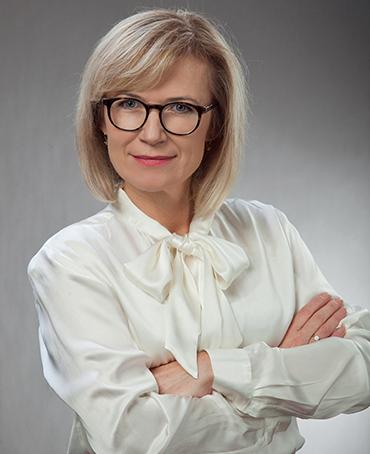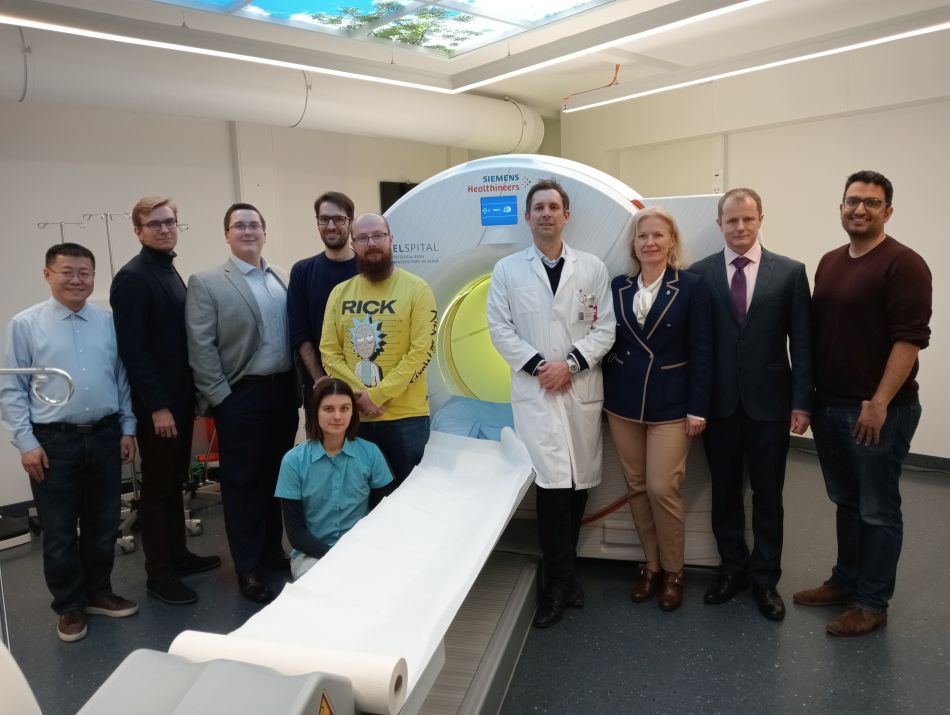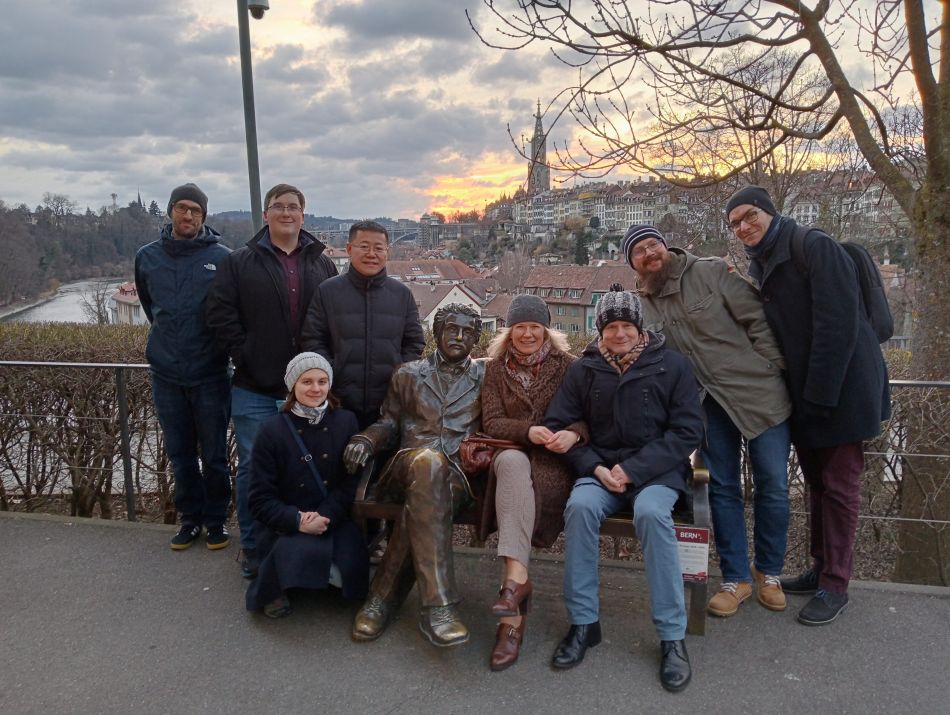 Joining forces with the Swiss team led by Professor Kuangyu Shi of the University of Bern in Switzerland, Professor Ewa Stępień will conduct multi-faceted research into high-throughput PET imaging by decoding multi-photon signals on long axial field-of-view PET using physics-guided artificial intelligence.
Joining forces with the Swiss team led by Professor Kuangyu Shi of the University of Bern in Switzerland, Professor Ewa Stępień will conduct multi-faceted research into high-throughput PET imaging by decoding multi-photon signals on long axial field-of-view PET using physics-guided artificial intelligence.
The National Science Centre has announced a list of Polish OPUS 24+LAP winnerswho will carry out bilateral international research projects in cooperation with scientists from Switzerland. The entire budget of the five winning projects amounts to almost PLN 9.2 mln. Professor Stępień’s project is one of the two projects in the Life Sciences (NZ) group.
Positron Emission Tomography (PET) is a molecular imaging modality widely applied in clinical practice; however, because of certain limitations, both methodological (limited access to radioisotopes) and equipment-related, so far it has not been possible to perform additional physiological measurements under clinical conditions. However, recent advancements in PET detectors have significantly increased their measurement capacities.
Professor Ewa Stępień will participate in the project that focuses on using the 68Ga-PSMA radiopharmaceutical for prostate cancer imaging. In clinical practice, imaging diagnostics of prostate cancer is mainly based on the assessment of the distribution of 68Ga-PSMA in the patient. For the sake of fostering further methodological developments, the concept of positronium imaging will be also verified during the performance of clinical PET imaging with the help of a long axial field-of-view PET scanner (LAFOV PET). The measurements of the multi-photon signal necessary for positronium imaging will be performed on the LAFOV PET scanner in the University Hospital in Bern, which was the first institution of this type in Europe to install and use such device for research. The acquisition, reconstruction and signal correction will be optimised on the basis of the Monte- Carlo simulation and phantom measurements. The project will also involve development of 2 physics-guided deep learning methods, including domain transfer and physics-integrated deep neural networks.

First measurements performed at the Department of Nuclear Medicine, Inselspital, Bern University Hospital; Head of the Department prof. n. med. Axel Rominger; February 27, 2023
From the left: Prof. Kuangyu Shi (leader of the OPUS 24+LAP project, on the Swiss side), Szymon Parzych, MSc, William Steinberger, Ph.D. Gabriela Łapkiewicz, dr Lorenzo Mercolli, dr Szymon Parzych, prof. Axel Rominger (Head of the Department of Nuclear Medicine); prof. Ewa Stępień (project leader OPUS 24+LAP, on the Polish side); prof. Paweł Moskal (head of the J-PET group); Dr. Hasan Sari
The result of the research will include a protocol for the acquisition of multi-photon imaging on the LAFOV PET scanners, a robust and trustworthy physics-guided deep learning approach (AI) for effective reconstruction and quantification for positronium imaging, as well as achievement of the first clinical positronium imaging of prostate cancer. Additionally, the project will allow to gain in-depth knowledge of the underlying pathophysiology of in-vivo positronium imaging.
The project of Professor Ewa Stępień received the highest amount of funding - almost PLN 3.2 million.

From the left: Hasan Sari, Will Steiberger, Gabriala Łapkiewicz, Kuangyu Shi, Albert Einstein, Ewa Stępień, Paweł Moskal, Szymon Niedźwiecki, Szymon Parzych

